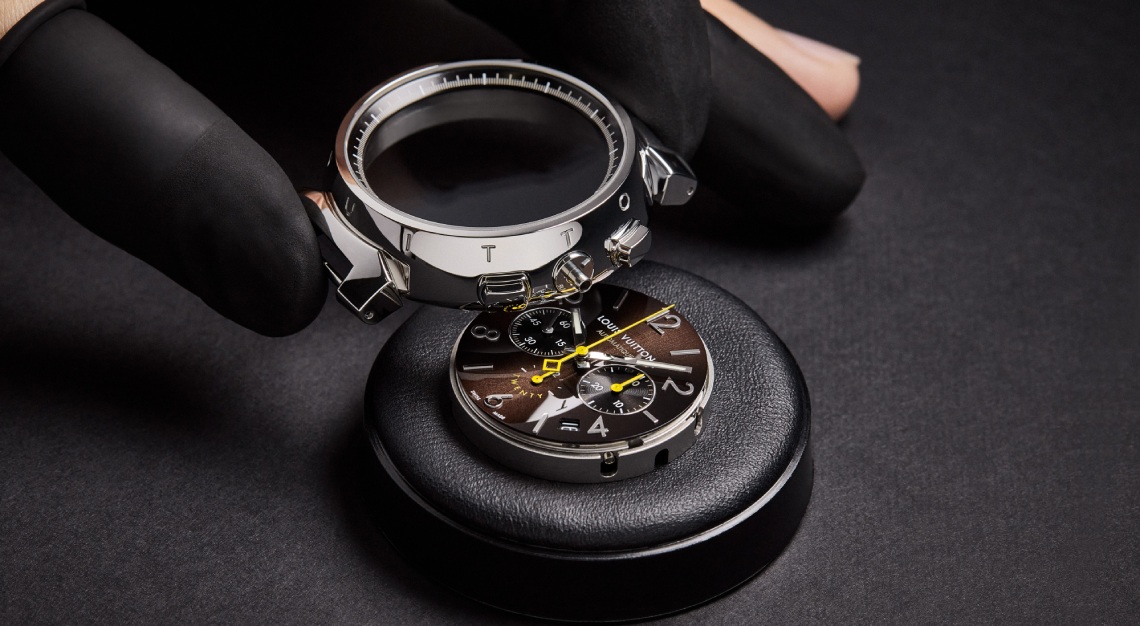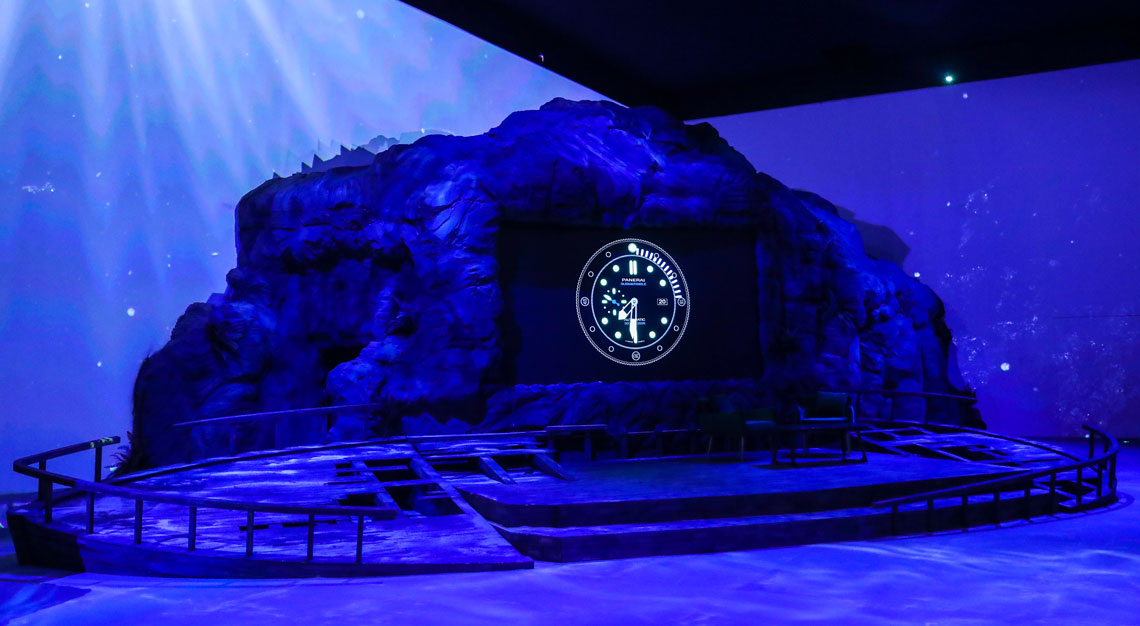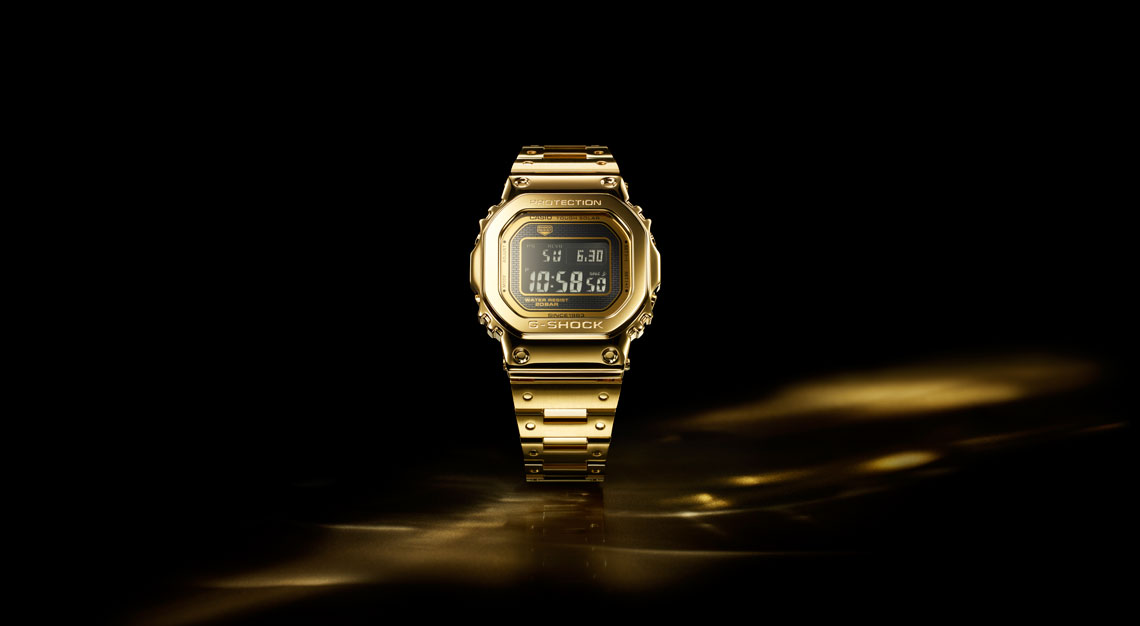Market maturation and converging industry trends have triggered a surge in interest for timepieces that marry quality with originality – and here’s where top fashion houses shine
There was a time when watch enthusiasts wanted only the iconic classics. Watches typically built by brands with centuries-old lineage that are instantly recognisable from afar; desired not only for their fabled origin stories, but also the promise of rising investment value over time. These days, however, consumers are casting a much wider net when it comes to new timepiece acquisitions.
Due to maturing tastes of late – especially among an Asian clientele – as well as the sheer inaccessibility of specific makes and models, buyers are swiftly tuning in to emerging brands that show fortitude and finesse. While leading specialist watch companies continue to lead the pack in high-end watchmaking, competition is bubbling from across the luxury spectrum. Indeed, some of the most compelling watches produced over the past five years came from non-specialist luxury houses – many of which are reaping the rewards of investments in technical watchmaking savoir-faire. Here are three that have earned their seats at the table of haute horlogerie.
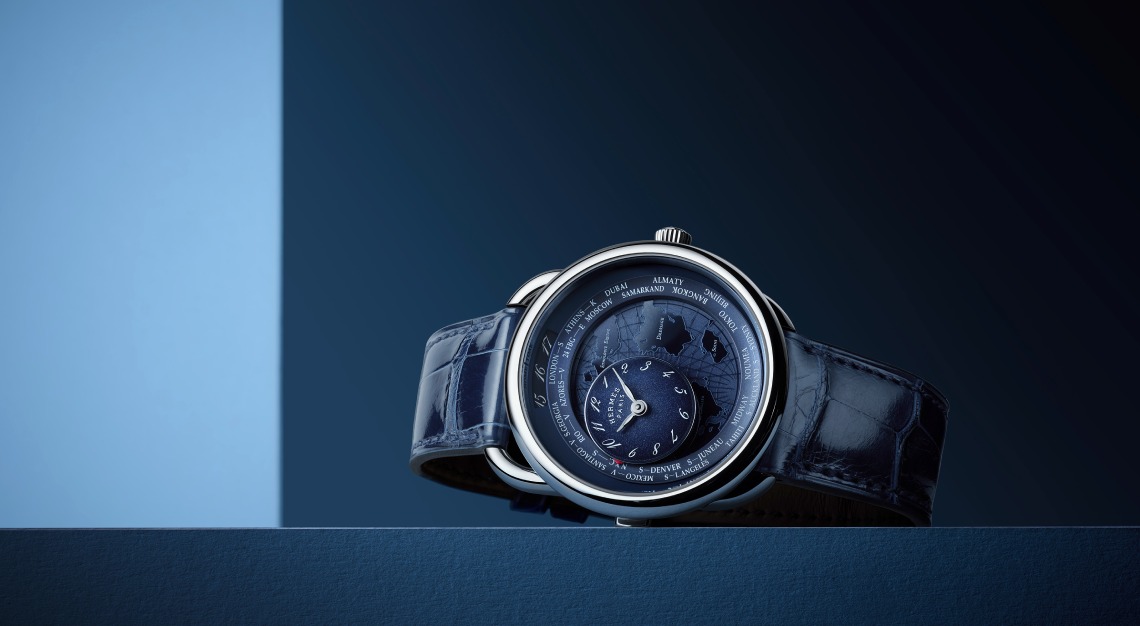
Hermès Horloger
Hermès was one of the first of the major fashion houses to invest heavily in in-house watch production. In 1978, the French maison established a watchmaking division in Switzerland, while strategically developing its know-how through gradual acquisitions of smaller workshops. Hermès’ most intentional move came in 2006, when it acquired a 25 per cent stake in the Vaucher Manufacture Fleurier, a factory specialising in the production and assembly of top-end movements. This investment allowed Hermès to produce a significant portion of watches within the company – the ammunition it needed to compete more seriously in the luxury watch space.
As it built its watchmaking capabilities, the company began to offer its unique take on high watchmaking. For its technical creations, Hermès pursues neither pure utility nor the beauty of pure mechanics. Rather, it seeks to express poetic ways to display time.

Award-winning complications like the Le Temps Suspendu, which allows the user to ‘suspend’ time by pausing the timepiece and reactivating it at will; and more recently, the Arceau Le Temps Voyager, a travel watch with a mobile dial that circles the dial to evoke the feeling of traversing the world, are hailed by watch aficionados as epic creative statements. In fact, the Arceau Le Temps Voyager won not one but two prizes at the Grand Prix d’Horlogerie de Genève (GPHG) 2022, Swiss watchmaking’s most prestigious awards show – a major coup for Hermès.
Simultaneously, Hermès has been known to deep-dive into the realm of métiers d’arts. The maison not only works with the very best artisans in the business, it also ventures beyond the limits of traditional crafts. A standout creation that comes to mind is the beautiful Arceau Robe du Soir, a watch with leather marquetry dial, created in recognition of Hermès’ leather heritage that won the company its first GPHG award in 2018.
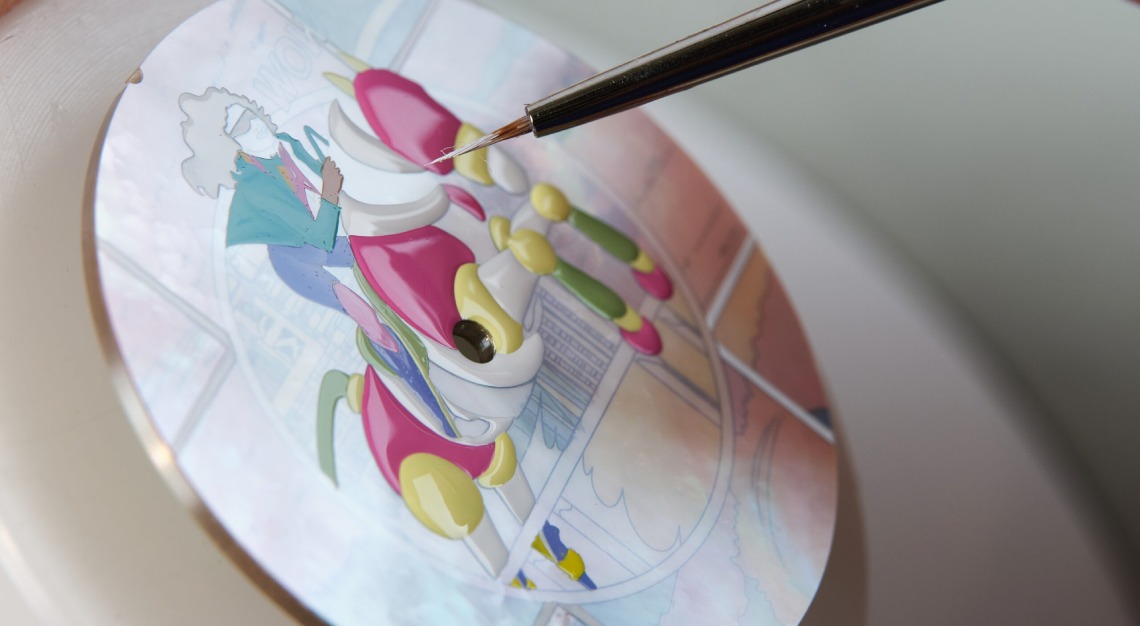
Away from decorative and technical watches, Hermès has been flexing its muscles with mainstream creations. The recently launched H08 luxury sports collection is an example. Appealing to a wider audience, the watch offers the same Hermès style, identity and exceptional levels of finishing. Yet, priced at $11,900 for the model in graphene case, the H08 also makes for a great value proposition. With the watch, it feels as if Hermès is taking a full-fledged approach to its watchmaking game, covering all bases from top-drawer mechanical complications and artisanal creations, to accessible daily timepieces.In the latest Hurun Report of most desirable watch brands among HNWI Chinese consumers, Hermès ranks fourth – after Rolex, Patek Philippe, and Bulgari. The power list not only shows how far Hermès has come, but also where it now stands – ahead of many other traditional watch industry heavyweights. And in doing so, Hermès is smashing the horological glass ceiling for itself and other worthy fashion houses in its wake.
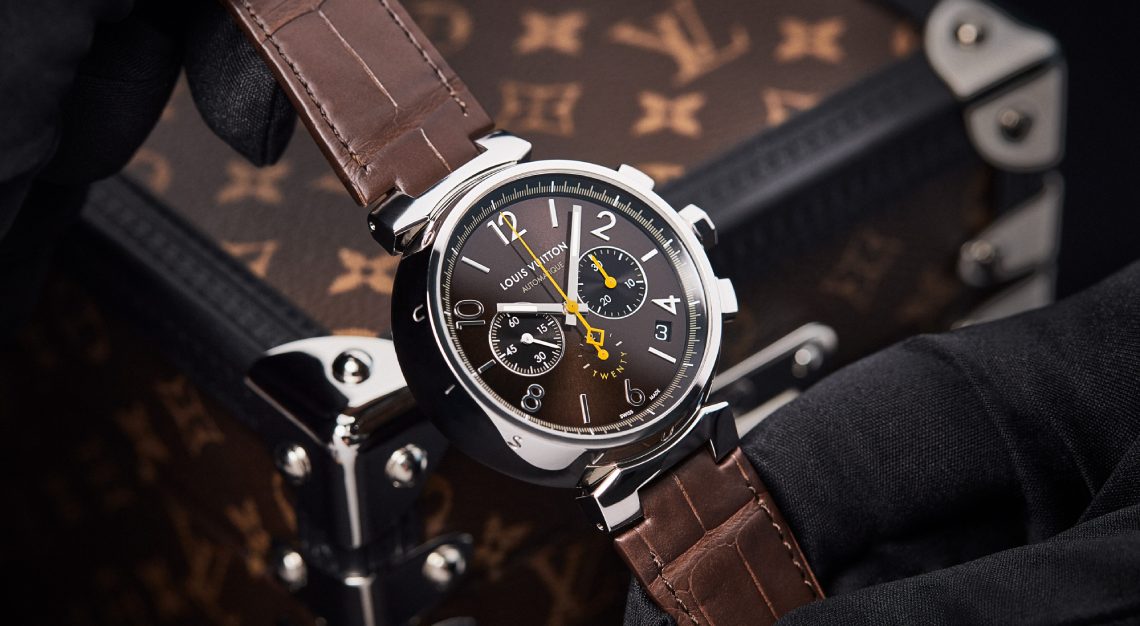
Louis Vuitton
Louis Vuitton’s horological endeavour can be summed up in one watch collection: the Tambour. Comprising a distinctive drum-shaped watch with a wide base and curved sides, the Tambour was introduced in 2002, marking the brand’s first intentional foray into timepieces. Unlike Louis Vuitton’s earlier watches, which were made by external suppliers, the Tambour was produced in-house at its own Swiss workshop at La Chaux-de-Fonds.
Evoking Louis Vuitton’s love for travelling in style, the first Tambour model was an automatic travel watch that displayed two time zones. Soon after, the brand released a chronograph version powered by a high-frequency movement based on the El Primero, a legendary movement produced by Zenith. Enhancing the Tambour’s sporty image were a number of yachting event partnerships such as the America’s Cup, while its haute horlogerie facet was beginning to take root with the release of high complication models.
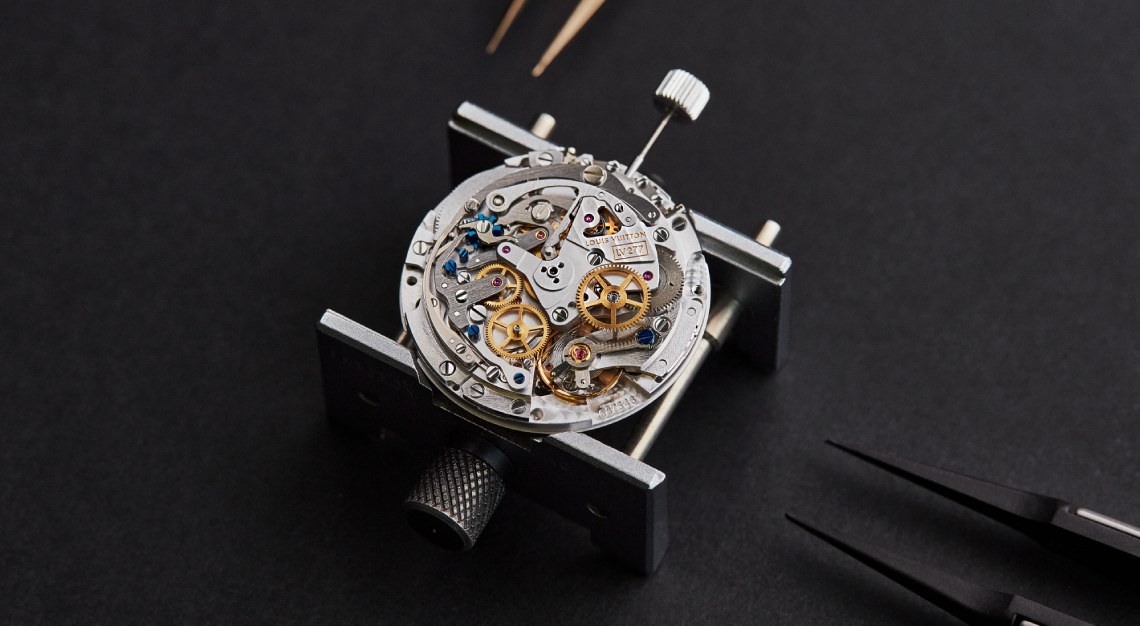
But it wasn’t until 2011 that Louis Vuitton staked a more serious claim in the fine watchmaking space. That year, it acquired a complications movement specialist manufacture, La Fabrique du Temps, which added serious muscle to its set-up. Subsequently, Louis Vuitton also acquired a dial making company, Léman Cadrans, to add to its watchmaking savoir-faire.
The impact was immediate. Louis Vuitton soon released numerous grand complication models like the Tambour Minute Repeater, the Tambour Twin Chrono, the Tambour Evolution Flying Tourbillon, the Tambour Heures du Monde, and more.
Among the most memorable creations borne out of this prolific period is the Tambour Spin Time. Technically unique and visually exhilarating, the watch featured an unusual mechanism comprising rotating cubes that display the time. The company revisited this concept in 2019 with the Tambour Spin Time Air, which utilises the rotating cubes mechanism to project a fun and playful vibe, as well as in watches like the Tambour Slim Vivienne Jumping Hours, the Tambour Carpe Diem, and the Tambour Graphite Damier Chronograph dedicated to its late creative director, Virgil Abloh.
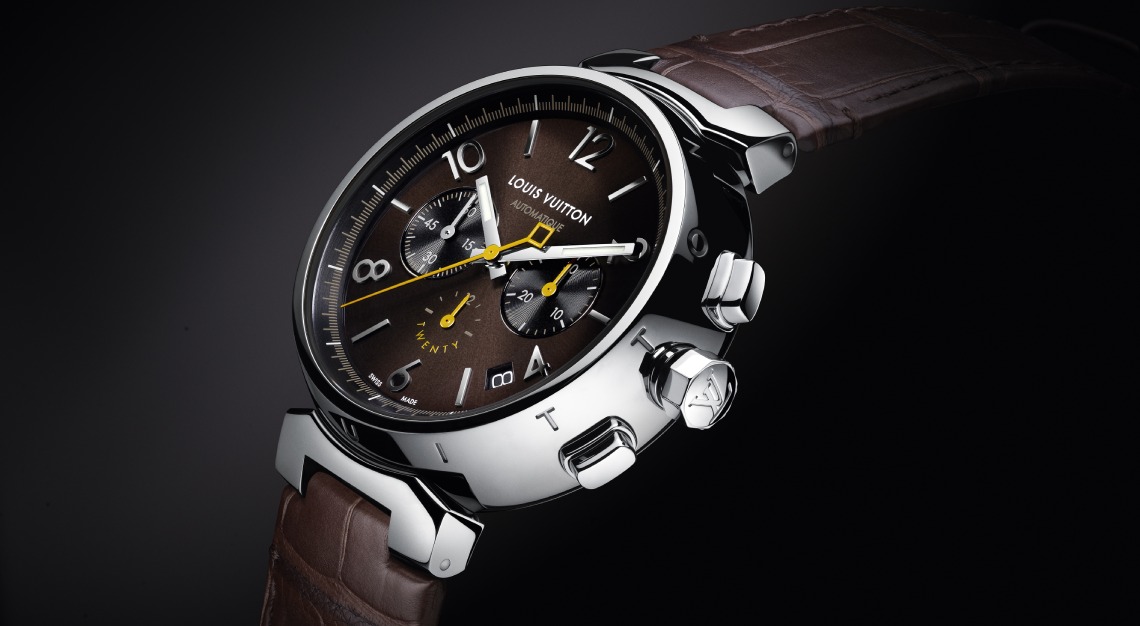
In the eyes of watch lovers, fashion houses gain credibility when they create tangible, meaningful connections between their timepieces and their core business. When watch collectors sense a genuine synergy between the brand’s watchmaking and fashion divisions, they become convinced of its horological authenticity.
In recent months, Louis Vuitton made two important appointments that will chart its direction for the immediate future. Jean Arnault, the youngest son of LVMH Group’s chairman, Bernard Arnualt, has assumed the role of marketing and development director – a important development for Louis Vuitton’s next-generation leadership. Months earlier, Pharrell Williams, the famed hitmaker who is also a huge watch enthusiast, was enlisted as the brand’s new creative director for menswear. We predict the exciting changes sweeping across Louis Vuitton will also have a significant impact on its timepieces division.

Chanel
A fashion house that revolutionised the way women dressed, Chanel has become a force to be reckoned with in the watchmaking realm. Its bold expressions of femininity in horology not only embrace the beloved codes of Gabrielle Chanel, it also upholds all the pertinent elements that define haute horlogerie. Watches like the J12, Première, Boy.Friend, Code Coco, Mademoiselle Privé punch far above their weight in technical finesse while looking runway-ready every day of the week.
The brand’s first-ever watch was the Première (French for ‘first’), which it introduced in 1987. The Première embodied the wild and vibrant fashion spirit of the 80s – a stark contrast to the luxury watch scene then, which was dominated by staid and masculine timepieces. When the Première came along, there wasn’t anything else quite like it. Here was a watch created expressly for women, borne from the fashion universe, and favoured style over mechanics and chronometry.
Designer Jacques Helleu who designed the Première said: “I fought to make a design that was strong, that was unique, that – more than just launching a single collection – would become an eternal reference.”

In 1999, Helleu created yet another Chanel icon: the J12. Constructed using high-tech ceramic, a glossy and scratch-resistant material that was rarely used then, but had since become a go-to material today for modern sports watches, the J12 exemplified Chanel’s steadfast horological direction and identity. At the same time, the brand courted gents with mechanically interesting pieces such as a slew of masculine J12 models featuring top-rated mechanisms and high complications made collaboratively with external partners.
Where the maison’s timepieces shine brightest, however, is when the watches resonate with beloved Chanel codes. This is reflected in its in-house movements. With the Calibres 1, 2, and 3, we get movements where, again, technique exist at the service of aesthetics. This philosophy has contributed to numerous awards at the GPHG, where Chanel won the Ladies Watch prize from 2016 to 2019.

Rather than chase waterfalls, Chanel has wisely chosen to stick to familiar streams of success. Whether a Chanel handbag, suit, or luxury timepiece, its customers want to be enrobed in the magic of the maison. Yet, buyers do expect top-notch quality from Chanel, which they get in spades. Today, the self-winding J12 models are all powered by Calibre 12.1, Chanel’s most sophisticated in-house movement to date that guarantees chronometric precison and performance. Pertinent technical details these are for sure. But when the clock strikes 12, fashion lovers know that nothing compares to the Chanel lore and the allure.
